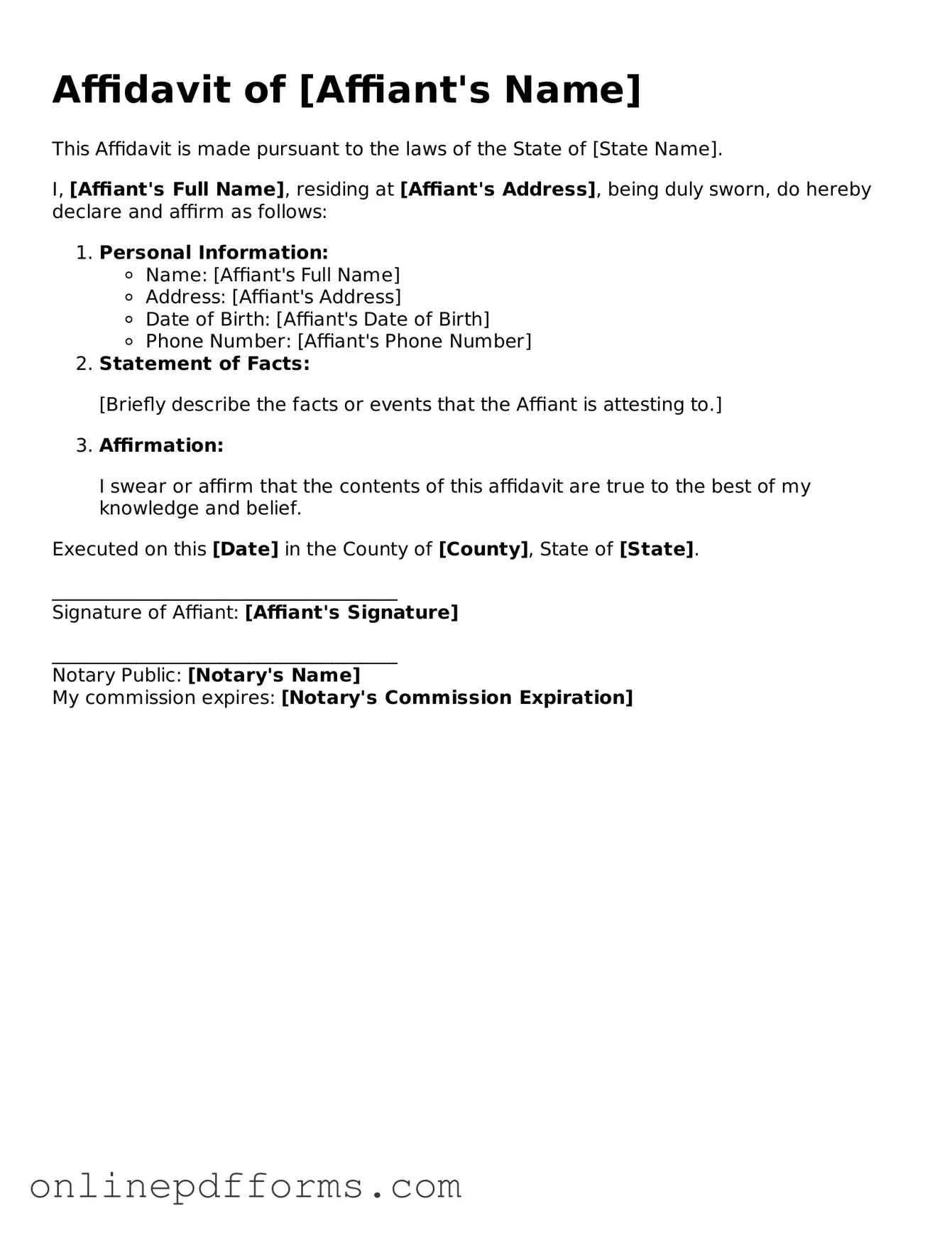An affidavit is a written statement made under oath, and it serves as a powerful legal tool. One document that shares similarities with an affidavit is a declaration. Like an affidavit, a declaration is a written statement that asserts facts. However, a declaration does not require the signatory to swear before a notary public. Both documents can be used in court to provide evidence, but the affidavit typically carries more weight due to its sworn nature.
Another document akin to an affidavit is a sworn statement. This document is similar in that it is also a written declaration of facts, sworn to be true by the individual making the statement. The key difference lies in the level of formality; sworn statements may not always require notarization, while affidavits do. Both can be used in legal proceedings to support claims or defenses.
A third document comparable to an affidavit is a deposition. A deposition involves a witness providing sworn testimony, often taken outside of court. While an affidavit is a written statement, a deposition is usually recorded and transcribed. Both serve the purpose of gathering information and can be used to support legal arguments, but the context and method of collection differ significantly.
Next, consider an affidavit of support. This document is specifically used in immigration cases to demonstrate that a sponsor can financially support an immigrant. Like a general affidavit, it is sworn under oath, but it focuses on financial capabilities and responsibilities. Both documents require truthful representation, but the affidavit of support has a specific legal context.
A power of attorney is another document that shares some similarities with an affidavit. While a power of attorney grants someone the authority to act on behalf of another, it can also include sworn statements regarding the principal's wishes. Both documents require the signatory's intent to be legally binding, but their purposes and applications are distinct.
In the realm of financial matters, a financial affidavit is a document that outlines an individual's financial situation. Similar to a general affidavit, it is sworn to be true and may be used in court, particularly in divorce or child support cases. Both documents require accuracy and honesty, but a financial affidavit specifically addresses monetary details.
A certification is another document that bears resemblance to an affidavit. A certification is a formal statement that verifies the authenticity of a document or fact. While it may not always require a sworn oath, it serves to confirm that the information is accurate. Both documents can be used to provide evidence in legal contexts, but certifications often focus on authenticity rather than personal testimony.
Understanding the importance of a prenuptial agreement is vital, as it helps couples navigate financial responsibilities before marriage. For a more detailed look at the specifics, refer to the essential guide on a Prenuptial Agreement form that outlines key considerations essential for Florida couples.
Finally, a witness statement can be compared to an affidavit. A witness statement is a written account of what a person observed or experienced, often used in legal proceedings. Like an affidavit, it can be sworn to be true, but it typically focuses on recounting events rather than asserting personal knowledge of facts. Both documents aim to provide clarity and support in legal matters, but they differ in their focus and detail.
